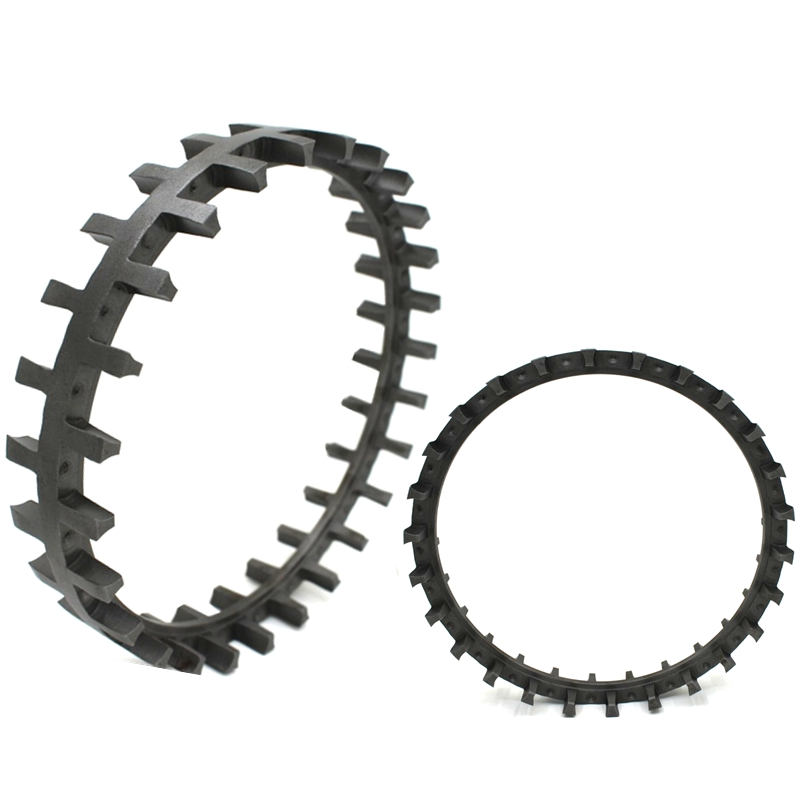Three Ways of Bearing Cage Guidance

Bearing Cage Guidance Introduction:
Bearing cage guidance include rolling element guidance, inner ring guidance, and outer ring guidance.
As an important part of the bearing, bearing cage plays a role in guiding and separating the rolling elements.
The guiding effect of the cage actually refers to the correction of the rolling element operation. This correction is achieved through the collision between cage and the surrounding parts.
Rolling Element Guidance:
The standard structure of general design is rolling element guidance, such as short cylindrical roller bearings, which adopt rolling element guidance.
The cage does not contact the rib surfaces of the inner and outer rings. But when the rolling element speed increases at high speeds, the rotation is unstable.
Therefore, rolling element guidance is suitable for medium speed and medium load, such as gearbox bearings.
For rolling element guidance, rolling elements is located in the middle of the rolling elements. (eg: in cylindrical roller bearings, M/M1 standards for roller guide, for example NU228-E-M1)
The cage and the inner and outer rings of the bearing do not contact or collide. The collision between the cage and the rollers corrects the roller movement, and at the same time separates the rollers at a certain equal interval.
Bearing Cage Guidance-Outer Ring Guidance:
The outer ring is generally stationary, and the outer ring guide facilitates the lubricating oil to enter the guide surface and raceway. The high-speed gearbox is lubricated by oil mist, and the rotating inner ring guides the oil out.
The bearing cage which is guided by the outer ring is on the side of the rolling element close to the outer ring. (eg: MA stands for outer ring guide cage, FAG 61976MA)
When the bearing is running, the bearing cage may collide with the outer ring of the bearing to correct the position of the cage.
Out ring guidance is generally used in the case of high speed and stable load.
Inner Ring Guidance:
The inner ring is generally a rotating ferrule, and provides rolling elements to drag torque when rotating. If the bearing load is unstable, or when the load is light, slippage will occur.
(eg: MB standards for inner ring guided, for example 23173MB bearing)
Inner ring guidance is located where the rolling elements are close to the inner ring.
When the bearing is running, the cage may collide with the inner ring of the bearing to correct the position of the cage.
Conclusion:
The three cage guidance methods may appear in different types bearings. Among them, there are performance reasons, as well as the design and manufacturing of the bearing itself. Engineers can choose according to their needs. In any case, the different performance of different cage guidance methods should be noted.
Bearings of these three cage types can be used for both oil lubrication and grease lubrication.
The difference between the three cages is mainly manifested as below:
The difference in speed performance under different lubrication conditions.
Contact Us:
If you have any questions about Three Ways of Bearing Cage Guidance, please feel free to contact us.

